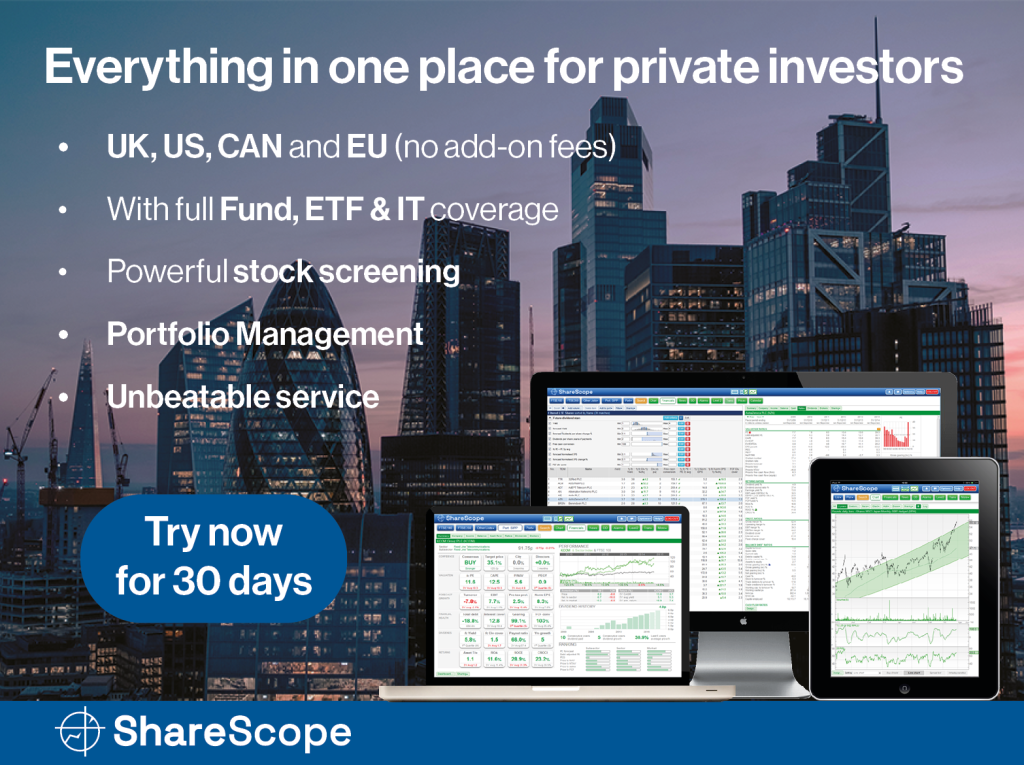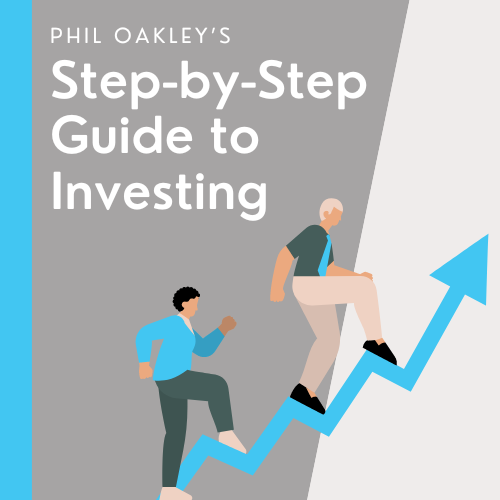I got asked this week about growing a small trading account and was told that a lot of the advice and suggestions given out are for around a large trading account.

I’m trying to think what would be different, but let’s start out with a small trading account of £5,000.
When I started trading, IG charged £8 per trade and was the cheapest. Other brokers were charging at least £10, and so with IG if I was to trade a £1,000 position, this would mean it would be 1.6% of my position for a buy and sell.
At £500, a round-trip trade (buy and sell) would have been 3.2% of my position.
As you can see, this means a lot of trades eat into the capital pretty quickly.
With a 5% risk on this trading account, then £16 is 6.4% of a position’s risk. And the risk per trade is already high on a 5% account.
Plus, there was a Level 2 fee with IG which wasn’t much but £7 per month.
That’s £84 per year and another 1.68% per annum.
You also need ShareScope, and whilst I can’t remember the old prices, that’s another few hundred.
So starting with a small trading account was tricky, because of so many drags on capital through unavoidable fees.
That has changed in recent times.
IG has now made trading UK stocks free. No commissions as of 1 April.
The London Stock Exchange has also removed the Level 2 data fees, so that’s another £84 saved.
You still need ShareScope, but the big change here is the trading commission being removed.
Instead of £16 a trade, or the £6 it was reduced to in recent times, it’s now £0.
That means you can trade small amounts with no costs. Quite incredible.
With a £5,000 account, you can now take tiny risks and not have a constant drag on your capital.
Yes, you’ll still need ShareScope, which is £35 monthly or £382 for an annual. And yes, these are not insignificant costs.
But if you’re not willing to pay the monthly equivalent of a Nando’s in order to get access to the best tools on the market, perhaps you should consider if this is actually for you.
To get started with a £5,000 account, I would first spend several months reading and researching before placing any trades. There’s no point losing money if you’re not sure of what you’re doing.
Read widely. But the best trades for non-day trades in my opinion are swing trade breakouts.
Make sure you read books from Minervini, O’Neill, Weinstein etc. Mine are also worth reading.
You also need to take a risk-focused approach.
Given that it is now economical, I think it makes sense to take 1% of risk per trade.
That is going to mean £50 per trade of risk.
Of course, the positions can be higher, as you’ll be adjusting your position size for risk.
However, if you end up 10% down on the account to £4,500… you can then drop down to 0.5% risk of the £5,000 account which would bring your risk per trade to £25.
This would be 0.56% of the new total account size of £4,500.
One of the biggest objections I get is that risking £50 and £25 is not going to yield large monetary returns.
And they’re absolutely right.
But that’s not the goal.
The goal when starting trading is to learn how to trade, and not focus on the scoreboard.
Too many people want to make too much money too quickly. It’s human nature, and I’ve been there myself.
But trading without patience is a fast track to the poorhouse.
You will almost certainly lose money when starting trading. Better to keep the losses small, and stay in business, rather than blowing the initial £5,000 and needing to wait to refund it with savings from employment.
Doing so also teaches you bad habits that blowing accounts and refunding them is a good thing.
It is not.
The harsh truth is that if you can’t manage a small amount of money, you don’t deserve a large amount.
Managing a smaller account is no different to managing a larger one. The numbers may be bigger, but the percentages remain the same.
Michael Taylor
Get Michael’s trade ideas: newsletter.buythebullmarket.com
Twitter: @shiftingshares
Got some thoughts on this week’s article from Michael? Share these in the SharePad chat. Login to SharePad – click on the chat icon in the top right – select or search for a specific share or the “Traders chat”
This article is for educational purposes only. It is not a recommendation to buy or sell shares or other investments. Do your own research before buying or selling any investment or seek professional financial advice.



